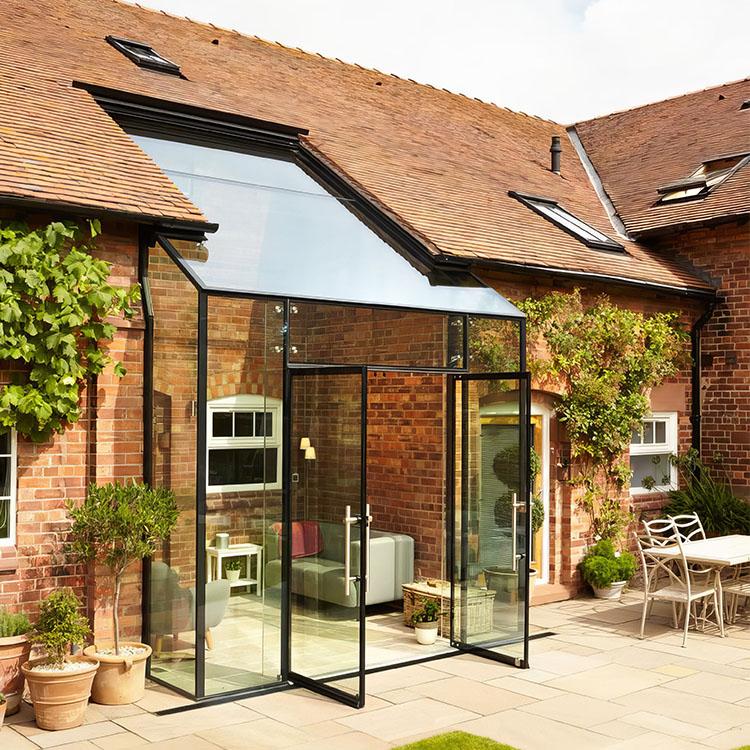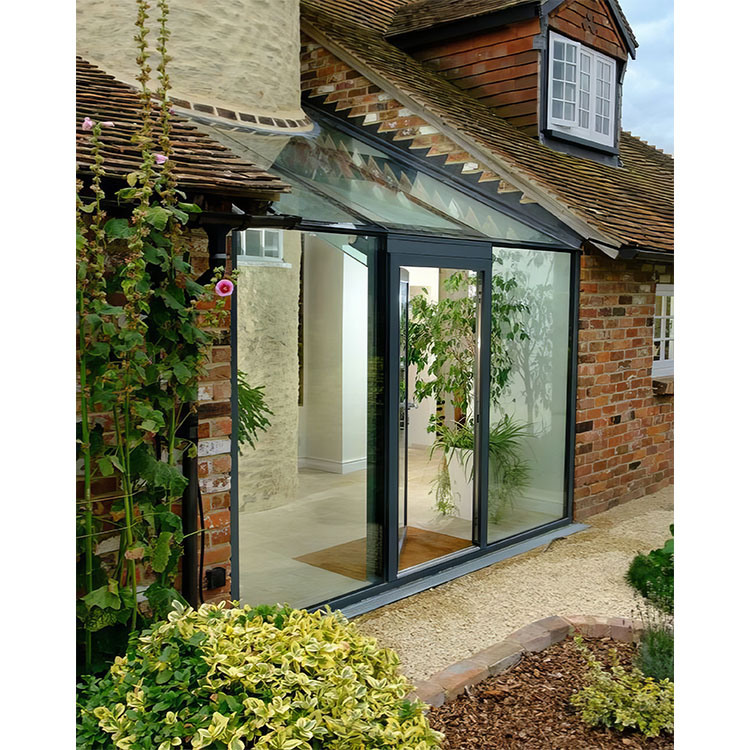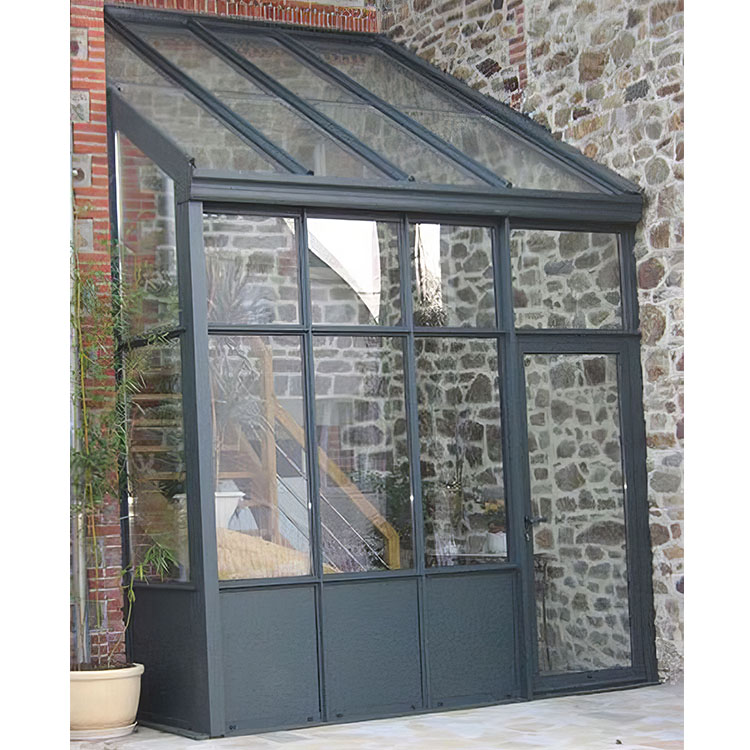1. Size Requirements
The size requirements for a helmet include internal dimensions of the shell, cap, brim, vertical spacing, horizontal spacing, wearing height, protrusions, and vents. These measurements are crucial to ensure proper fit and protection.
Among these, vertical spacing and wearing height are two key dimensions that significantly impact the helmet’s performance. Vertical spacing refers to the distance from the top of the head to the inner surface of the helmet cap when worn, excluding the space occupied by the top bar. It should be between 25 mm and 50 mm. Wearing height is measured from the bottom edge of the helmet cap to the highest point of the head when worn, with a recommended range of 80 mm to 90 mm.
If the vertical spacing is too small, it can affect the helmet's stability, increasing the risk of it shifting or falling off during use. Similarly, improper wearing height may compromise the overall safety and comfort of the user. Any failure in meeting these specifications could lead to serious safety issues.
2. Weight Requirements
The weight of a helmet plays a vital role in user comfort, especially for those who wear it for extended periods. A lighter helmet reduces neck fatigue and enhances usability without compromising safety.
Safety helmets come in different sizes, and their weights must meet specific standards: small and medium helmets should not exceed 430 grams, large helmets up to 460 grams, and cold-weather helmets up to 690 grams. These limits do not include additional components like visors or attachments.
3. Safety Performance Requirements
Safety performance refers to the protective capabilities of the helmet, covering both basic and special performance criteria. These are essential indicators used to determine whether a helmet meets quality and safety standards.
According to the Chinese national standard GB2811-1989, all helmets must adhere to strict requirements to ensure they provide adequate protection. This standard is mandatory and applies to all manufacturers, users, and sellers.
To produce and sell helmets, companies must comply with industrial production license and safety certification regulations. They need to have proper equipment, testing facilities, and qualified personnel to maintain quality control throughout the manufacturing process.
Each batch of helmets must pass sampling inspections before being released for sale. Additionally, every product should be labeled with key information, including the product name, manufacturer details, production date, factory certificate, and production license number.
This article is a reprint from online media. It reflects the author's opinion and does not necessarily represent the views of this website. If any content infringes on your rights, please contact us, and we will address it promptly.



sunroom design,sunroom cost,Sunroom Furniture
Foshan City JBD Home Building Material Co.,Ltd. , https://www.jbdhome.com